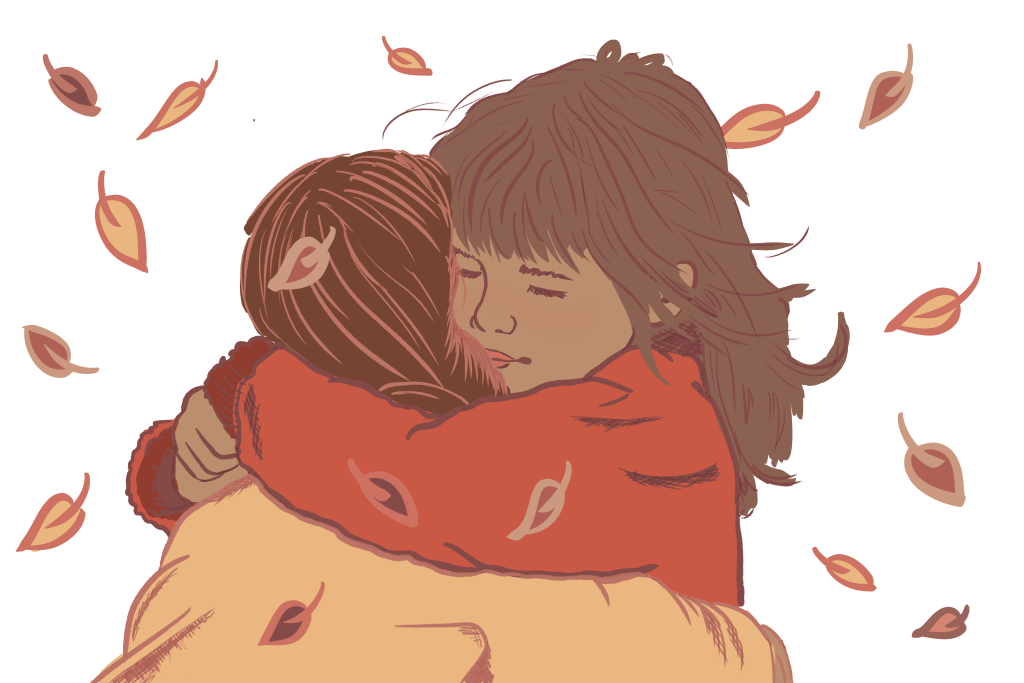By Sebastian Ching
The peculiar thing about funerals–the traditional expression of the finality of mortality–is that they do not involve the kind of emotional outbursts one might expect. One may not cry at all, much to one’s own puzzlement. The strangeness of it all is reinforced by the sniping glances from the gaggle of exertive mourners who have suddenly re-emerged after a prolonged hiatus in the deceased’s lifetime. In those moments, you are keenly reminded of the performative absurdity of a funeral service. The public nature of a funeral is sinisterly voyeuristic and almost darkly comedic–if you weren’t burying someone you loved. Paradoxically, no one grieves in a funeral.
Grief comes long after the slow crawl of the hearse that has left your mind. It comes when you wake up and expect to find them in their study. You brush your fingers against the grain of their desk and faintly recall the smell of cigarettes. But it is like grasping at vapour. Those small absences gather to announce its presence.
Grief expresses itself through the ordinary. Director Celine Sciamma understands this fully. In Petite Maman, Sciamma excels at unearthing the emotional depth of the ordinary, instilling weight and rhythm in every action. A child wrapping their arms around her mother from the backseat of the car is conveyed delicately and intimately. It is a reassuring gesture for someone who has just lost her mother. Death recontextualises the ordinarily rigid role we see our parents occupy. With this brief reversal of familial roles, Sciamma poses a question deeply personal to her: What would my childhood relationship with my mother have been like, were we not separated by adulthood?
It is this central question that propels Petite Maman. Nelly (Joséphine Sanz), our protagonist, is an eight-year-old girl. Her grandmother (Margot Abascal) has just died, and she never got to say goodbye to her properly. She travels with her parents to her grandmother’s home to clear away her things. Sciamma brilliantly captures how overwhelming this is for Nelly’s mother (Nina Meurisse). Silence emanates from pastel walls and kitchen tiles. All objects in the house indicate absence. Death has disenchanted her childhood home. Overwhelmed with grief, she flees, leaving Nelly to her own devices for the next few days. A fantastical sequence of events ensues, in which Nelly meets a child named Marion (Gabrielle Sanz) in the woods behind the house. Marion shares her mother’s name and looks shockingly like Nelly. Marion lives in the same house. Marion is Nelly’s mother. Time loses its arrow of direction as the barrier between past and present is blurred. With this twist, Sciamma achieves her wish of dissolving the hierarchy between mother and daughter. As children, they are both each other’s equals.
Introducing time travel in a story ordinarily creates paradoxes and contradictions, but rarely are they effectively employed to explore a character’s internal landscape. Sciamma uses it to convey the depth of empathy Nelly is capable of, and with it, we are given the chance to once again see the world with wonder, sincerity and clarity–qualities too often mistaken for naïveté. The asymmetry of time separates childhood and adulthood as distinct categories, but Sciamma argues they are continuous with one another. Nelly and Marion share similar dreams and anxieties. They are akin to sisters. Knowing this allows Nelly to understand who her mother was, and who she is now. The gulf between adults and children lessens. Loss becomes an easier burden to bear together.
Illustration by Francesca Corno




